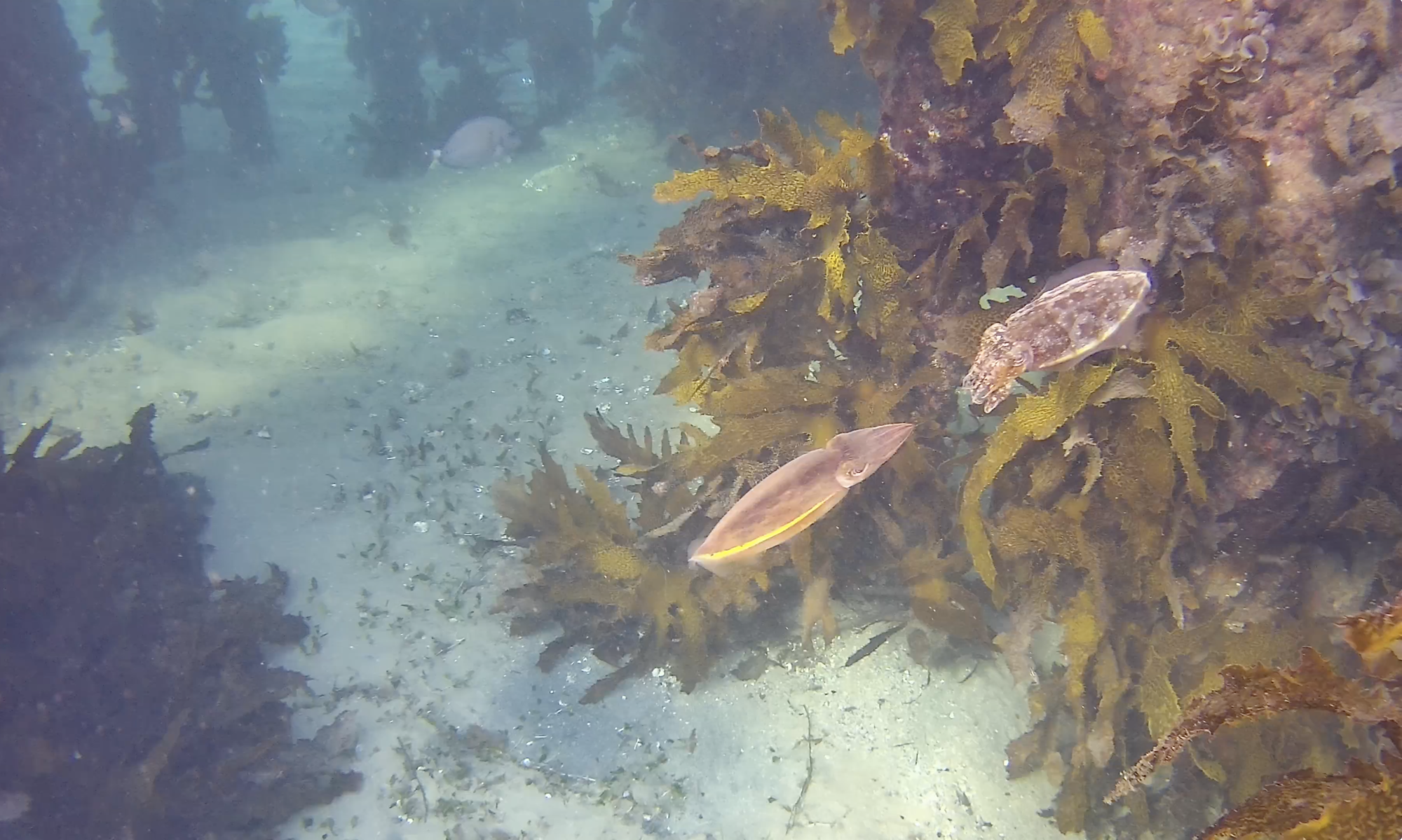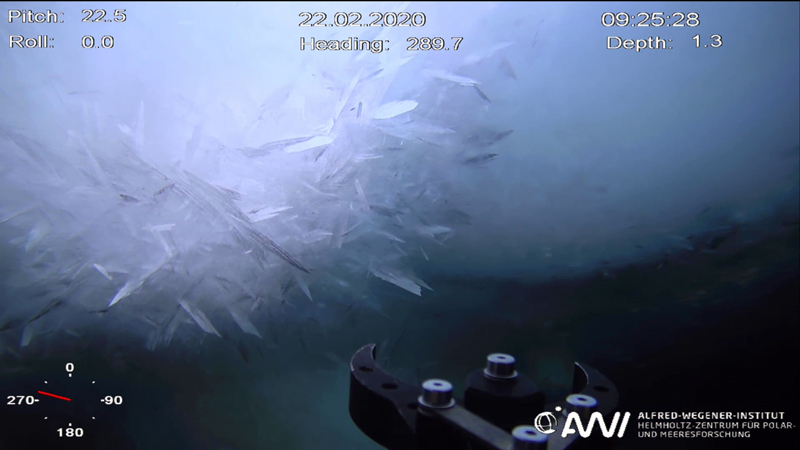Summer is fast approaching in the southern hemisphere and we wanted to remind everyone about the impact of sunscreen choice on our marine habitats. A recent study has shown that ingredients like oxybenzone and octinoxate seep into young coral and contribute to coral bleaching. As a result, Hawaii has banned these ingredients in sunscreens and we encourage you to read the label before buying sunscreen this year. Tips:
- Choose mineral sunscreens made from zinc oxide and titanium dioxide, and avoid products containing nano particles – i.e. look for ‘non-nano‘
- Go non-toxic, paraben free and organic when you can! These sunscreens may be a more expensive option but it is worth keeping this earth healthy because we will all benefit in the long term
- Look for ‘water resistant’ sunscreen, because it will be more likely to stick to your skin and not wash off in the water
- “Child friendly” sunscreens are more likely to contain natural ingredients
- Use sunscreen alternatives to protect you from the sun. Wear clothing to protect your skin in and out of the water. The less surface area you apply sunscreen to is less chemicals entering our marine ecosystems!
Here are a few Australian-made brands that you can look out for (in no particular order and no specific recommendations): Invisible Zinc, Sunbutter, Sun & Earth, and Surf Mud
Have a great summer, stay healthy, and be good to our environment!






